Electric vehicle drivers in Europe may soon enjoy charging times that rival filling up at a gas pump. Chinese automaker BYD, already the world’s largest manufacturer of electric and plug-in hybrid vehicles, has announced ambitious plans to introduce a new generation of ultra-fast EV chargers across the continent.
A Major Step Forward in EV Charging
At the IAA Mobility show in Munich, BYD revealed that it will begin rolling out its own charging network in Europe starting in 2026. The company intends to install 200 to 300 charging stations capable of delivering a record-breaking 1,000 kilowatts (kW) of power through a single cable.
For perspective, most of Europe’s fastest public chargers today top out at 400 kW, meaning BYD’s new technology will provide more than double the speed currently available. According to the company, this could allow drivers to add around 250 miles of range in just five minutes,a pace never seen before in public EV charging.
How the Technology Works
BYD first unveiled its “Flash Charging” system in China, which uses two cables delivering 500 kW each. Now, the company plans to take things further in Europe by simplifying the process with a single cable capable of carrying the entire 1,000 kW load.
The chargers will use the CCS connector, which is the standard plug used by most electric vehicles in Europe. However, there’s an important detail: not all EVs will be able to use this ultra-fast charging speed. Only cars built on BYD’s new 1,000-volt “Super E-Platform” can take full advantage of the technology.
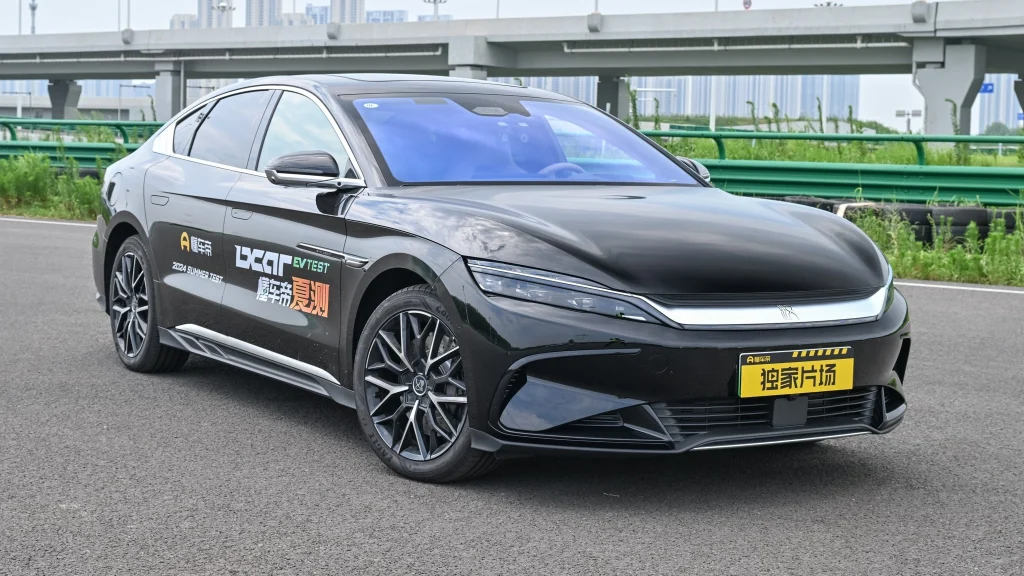
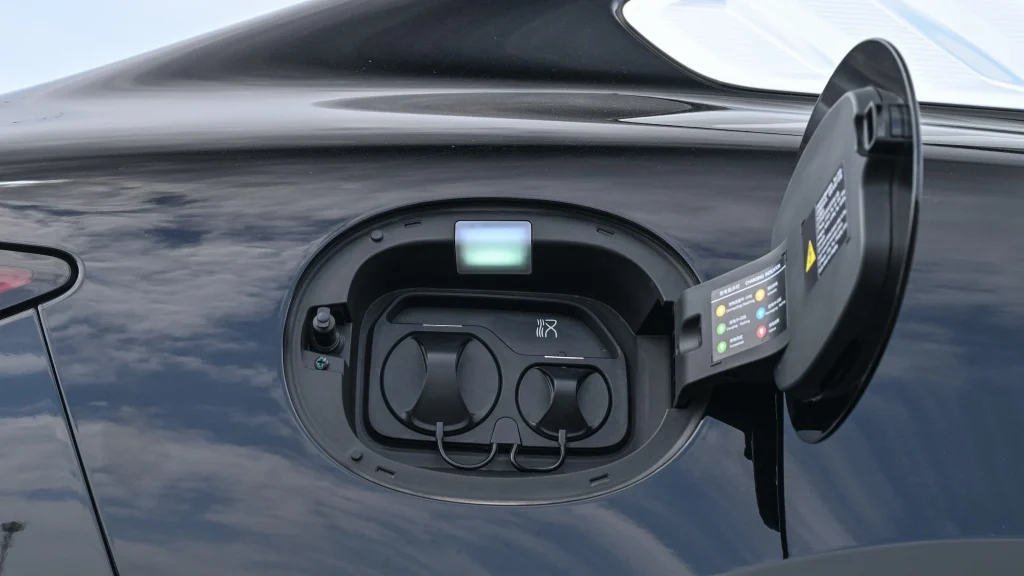
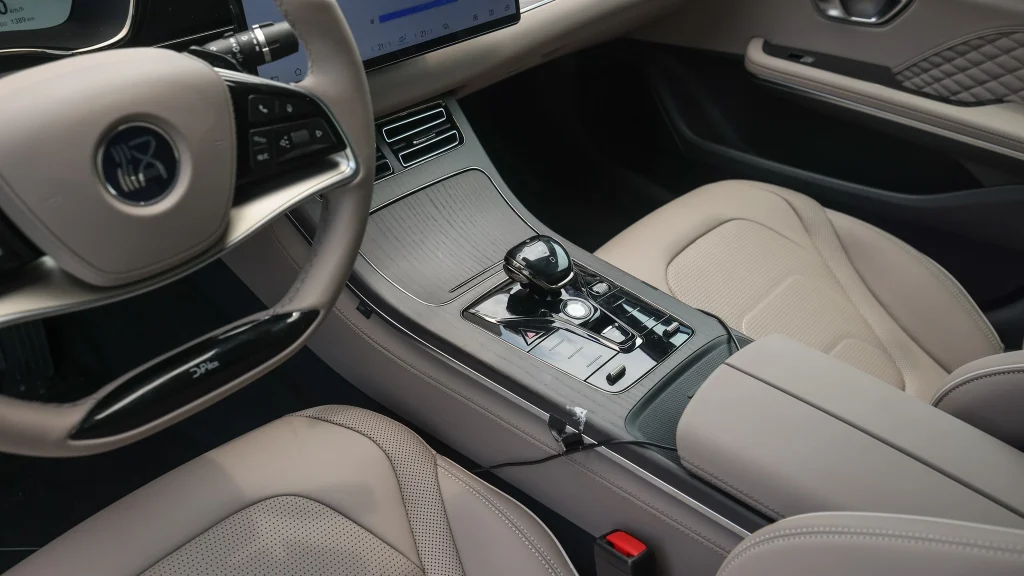
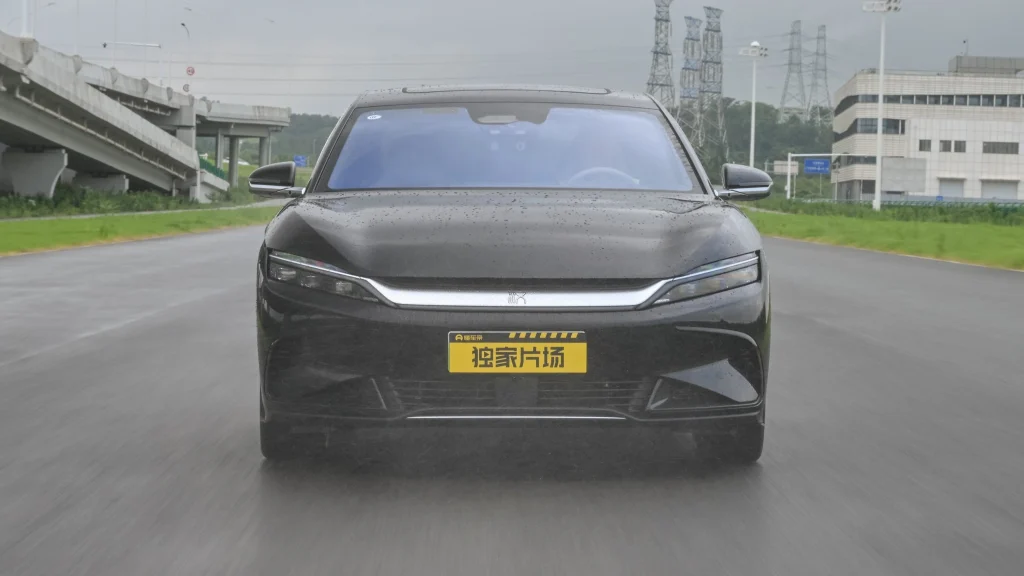
The first vehicles designed for this system will be launched in China: the Han L sedan and the Tang L SUV. Both will feature upgraded versions of BYD’s well-known Blade battery, redesigned specifically for ultra-rapid charging. More photos
Where the Stations Will Be Located
While BYD has not yet announced exact locations, the company is expected to place these high-power charging stations along major highways and busy travel corridors. The goal is to make long-distance EV driving as simple and convenient as stopping at a traditional fuel station.
How It Compares to Today’s Fast Chargers
Currently, the quickest charging EVs in the world still require at least 15–20 minutes to add significant range. For example:
- The Hyundai Ioniq 5 and Kia EV9 can charge from 5% to 80% in around 19–20 minutes.
- The 2025 Porsche Taycan Turbo GT, one of the fastest chargers on the market, can achieve the same in 17 minutes.
BYD plans to cut this time down to just five minutes, giving drivers a completely new level of convenience.
What This Means for Europe and Beyond
If BYD succeeds, Europe will become the first region outside China to benefit from this kind of charging revolution. The company’s premium brand, Denza (developed in partnership with Mercedes-Benz), is expected to be the first to take advantage of these ultra-fast chargers.
Read Latest News: Mechanic Latest News
For now, it’s uncertain whether this technology will come to the United States anytime soon. Political tensions and infrastructure challenges make it unlikely in the short term. Still, BYD’s breakthrough could pressure other automakers and charging companies worldwide to push for faster solutions.
The Future of EV Charging
Experts believe that innovations like this could reshape how people view electric vehicles. One of the biggest concerns for potential EV buyers has always been charging time. If drivers can stop for five minutes and continue their journey with hundreds of miles of range, owning an EV becomes much more practical and appealing.
In short, BYD is preparing to bring gas-station-level convenience to the EV world. If everything goes according to plan, by 2026, European drivers may no longer have to choose between speed and sustainability.
FAQs
How fast can these new EV chargers fill up a battery?
The new ultra-fast chargers are designed to add about 250 miles of driving range in just five minutes. That’s much faster than today’s public chargers, which usually take around 15 to 20 minutes to add a similar amount of range.
Will all electric cars be able to use these chargers?
Not every EV can handle this level of charging speed. Only cars built with special high-voltage systems will be able to use the full 1,000-kilowatt power. Other EVs may still plug in, but they won’t charge as quickly.
Where will the new charging stations be located?
The charging stations are expected to be installed along major highways and busy travel routes. This way, drivers can stop during long trips, recharge quickly, and get back on the road with minimal waiting.
How do these chargers compare to the fastest ones available now?
Right now, the fastest public chargers in Europe reach about 400 kW. These new stations will deliver more than double that speed, reaching up to 1,000 kW. That means much shorter waiting times for drivers.
Can these chargers really make EV travel as fast as filling up with gas?
They come very close. A gas stop usually takes a few minutes, and with these new chargers, EV drivers may also only need around five minutes to add hundreds of miles of range.
When will drivers be able to use these chargers?
The first stations are expected to open in 2026. The rollout will start with a few hundred stations, with more added over time.
What kind of plug will these chargers use?
They will use the CCS connector, which is already the standard charging plug in Europe. This means most EVs can physically connect, though not all will charge at the maximum speed.
Will this new charging system be available in the U.S.?
For now, these stations are planned only for Europe. Political and infrastructure issues make it unlikely they will arrive in the U.S. soon, but the technology could influence other networks worldwide.
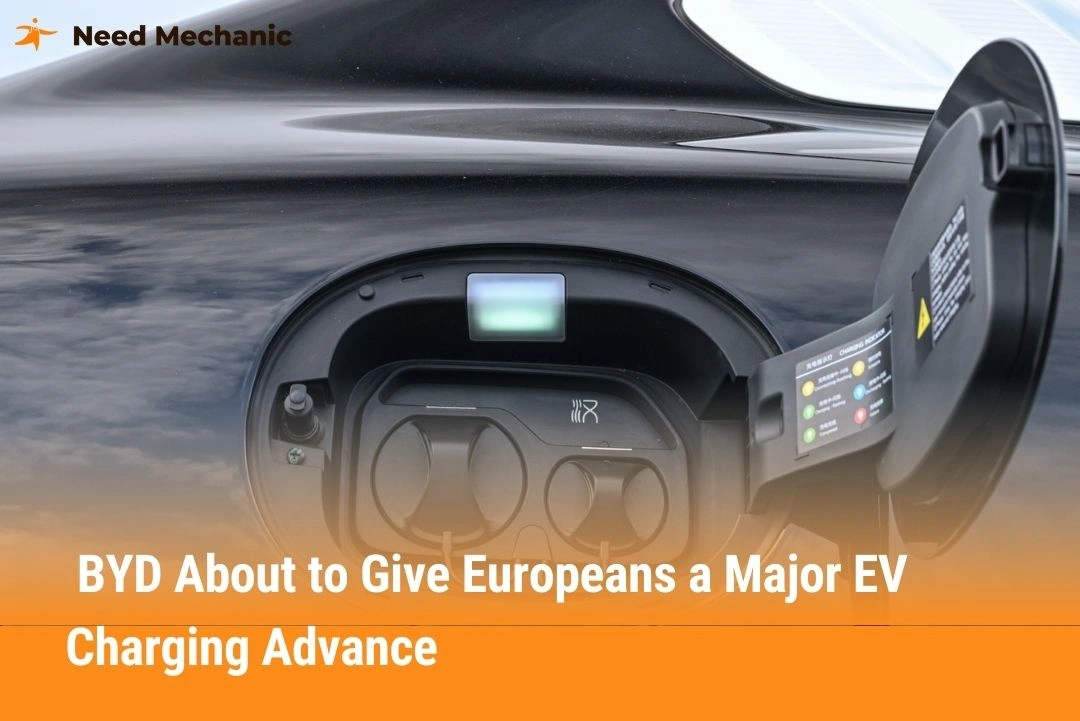
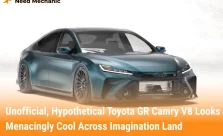



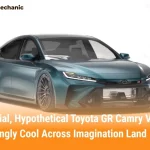
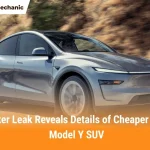
Leave a Reply